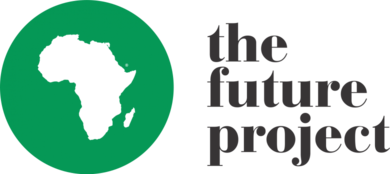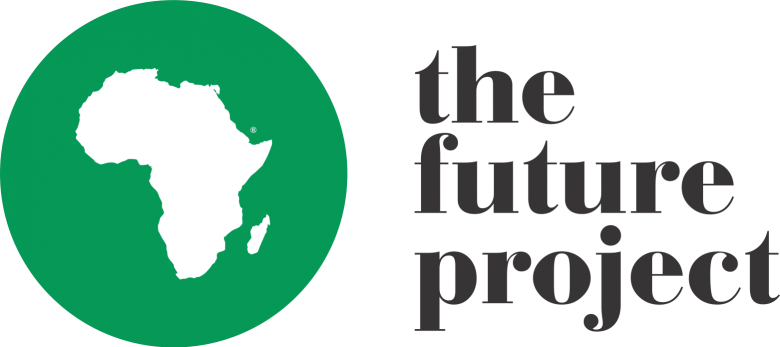How Young People can Achieve More in Less Time
Ever looked at your to-do list for the day and muttered, “What did I do the whole day?”. Thoughts like this are not peculiar to you alone; many research and reports note a decrease in employees’ and people’s productivity. For example, according to Fortune magazine, there was a sharp and unexpected decrease in productivity in 2022 – a decrease many have blamed on post-pandemic effects. However, it has become more critical than ever to use one’s resources efficiently and be more productive. How do you become more productive? There is no one fits all answer to improving your productivity and efficiency.
To improve your productivity, the number one step is to know your chronotype. The answer lies in understanding our chronotype. Chronotype refers to our body clock – our preferred sleep, wake times, and daily activity patterns. There are three main types of chronotypes: morning people or “larks,” intermediate or “third birds,” and evening people or “owls.” Knowing your chronotype can help you allocate your tasks and prioritise your most important work during peak hours. For example, if you’re a morning person, you should tackle your most demanding jobs in the morning while reserving lighter tasks like checking your emails and chats with a colleague that could be booked for later in the day. By understanding your body’s natural rhythms, you can optimise your productivity and maximise your time. If you are a night owl, reserve your most demanding tasks for the evening. Regarding productivity, what works for A, might not work for B, so it is essential to know oneself when allocating tasks.
One can barely achieve much if one doesn’t plan effectively. Planning is the roadmap to achieving your targets; it allows you to allocate your resources optimally – time, energy etc. – to a particular task. In simple terms, planning is the GPS, without which you could waste fuel or get lost. Planning is pivotal to achieving your goals; it should be considered as something other than an afterthought. Experts have recommended that tasks for the next day should be set the day before, most preferably when you are done with the functions of the previous day. A productive day doesn’t just happen; you must plan it meticulously.
However, it’s essential to remember that being busy does not equate to being productive. Productivity is not about doing more or many; it is about doing the most important tasks. Productivity is about doing the most critical tasks, not simply doing more or many things. That’s why it’s crucial to identify and prioritise our top priorities as “first to do.” By decluttering our calendars and reserving time for breaks, we can avoid feeling overwhelmed and be more productive overall. Breaks are essential, providing valuable downtime to recharge, connect with colleagues, surf the internet, or read our favourite blogs. They also serve as a buffer for unexpected situations, ensuring we can handle them without derailing our day.
While multitasking may seem efficient for tackling multiple tasks simultaneously, research shows it can slow you down. This is because when you multitask, your brain switches between various tasks, negatively impacting your productivity. Instead, you should solve your tasks individually to achieve more in less time.
Another tip that could aid your productivity is developing a suitable work environment. What type of environment or situation best works for you? These are the type of questions you should ask. For example, some people work best when they listen to music, while some need to create the feeling and environment of a library to perform best and optimally.
Mastering these techniques takes time and practice; they don’t just stick nor produce results on one trial. When you implement your strategy and it fails, you should not give up; you tweak until you get the best practices and values that work perfectly. With productivity, the goal is to work smarter, not harder. Now let’s implement these strategies and hit our goal of the park.












